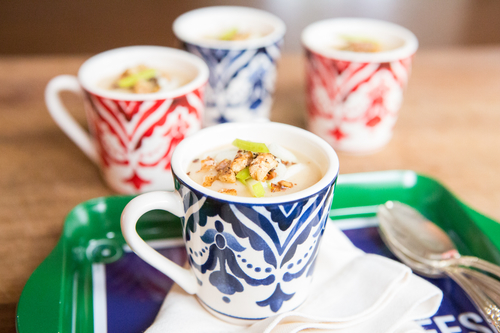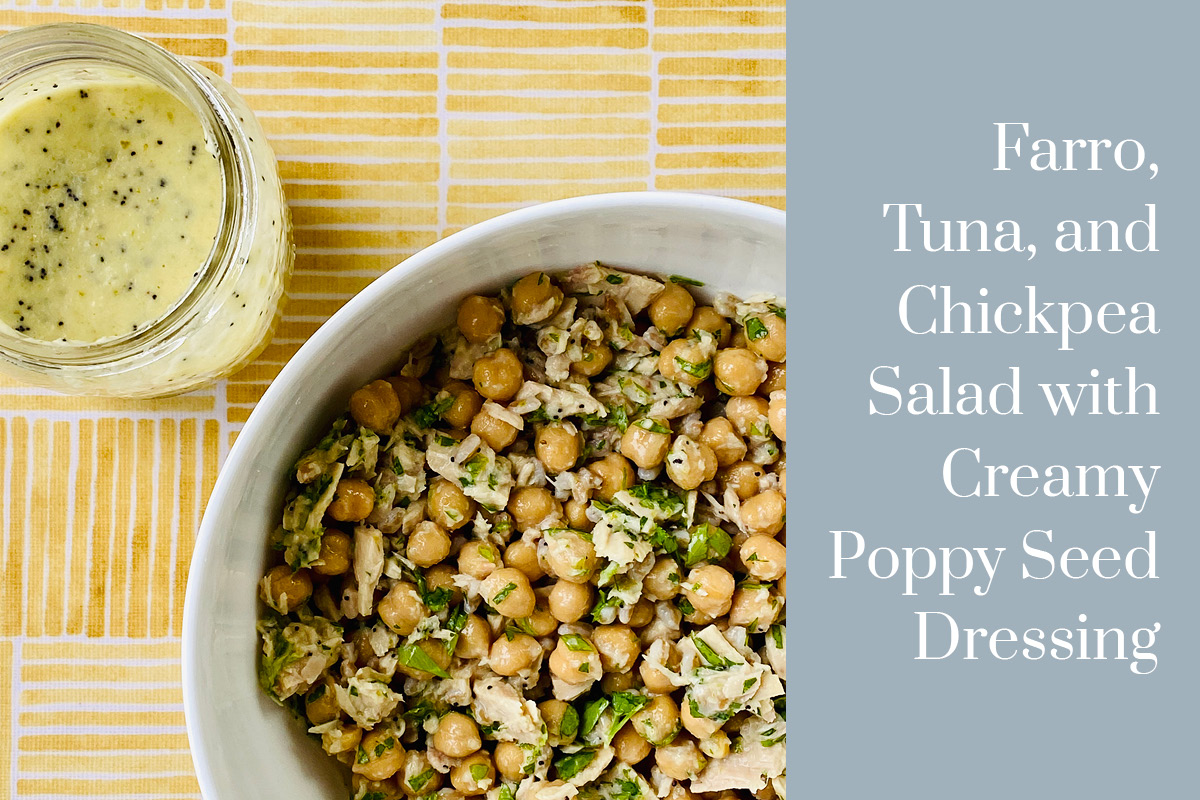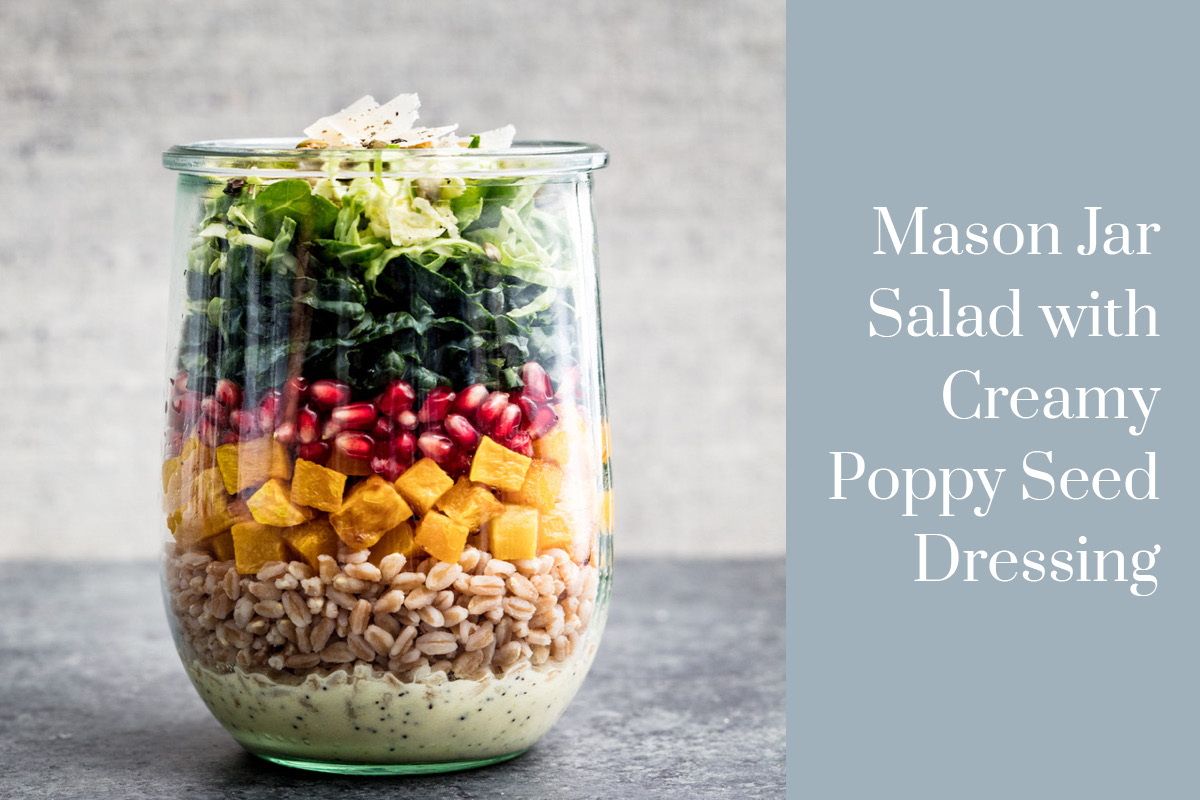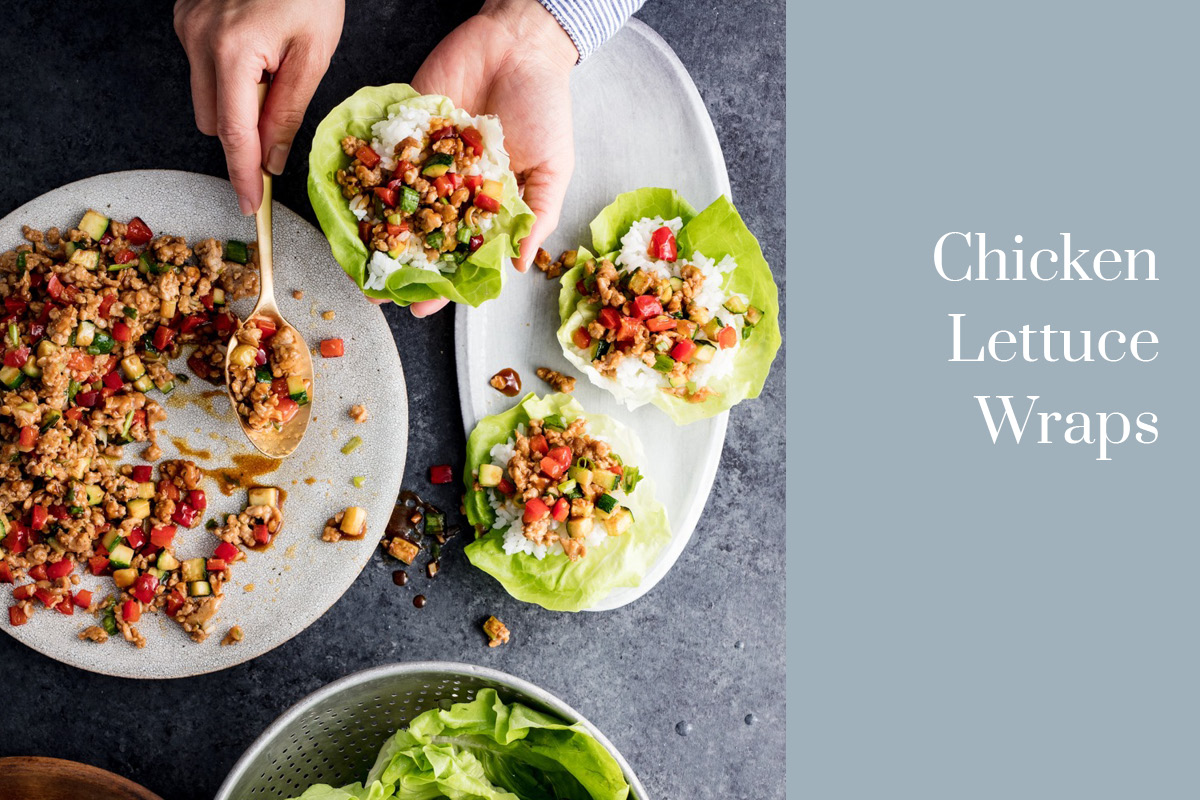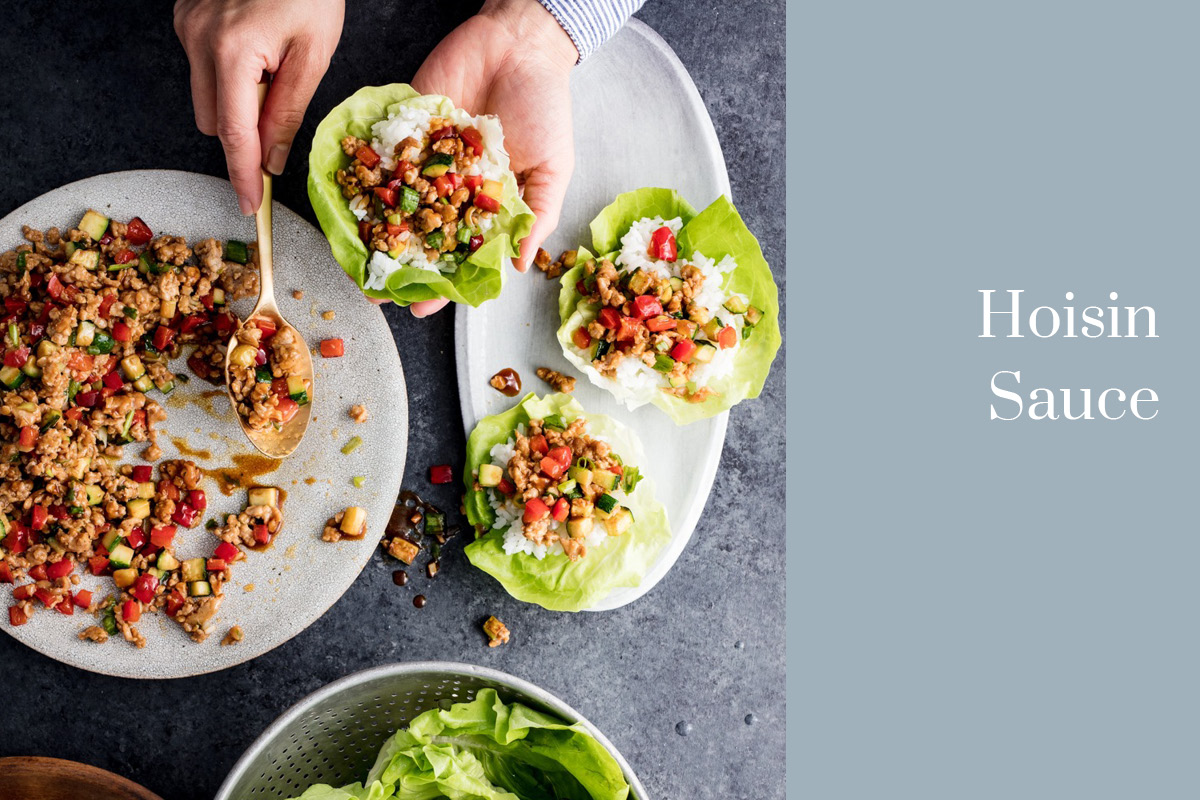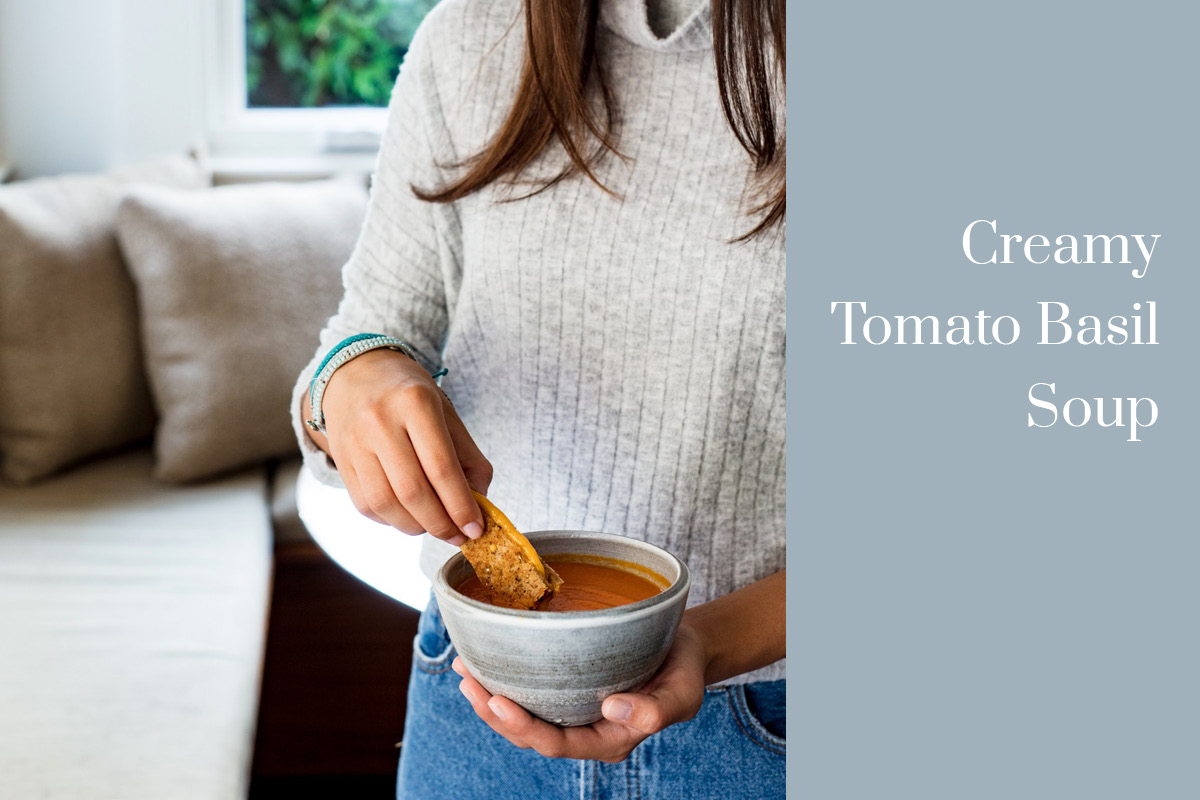Roasted pears, apples, and parsnips come together in this simple winter soup: Pear and Parsnip Soup with Walnuts from The 52 New Foods Challenge.
A close relative of the carrot, parsnips are a good source of fiber, folate, and Vitamin C, but they can be a tad bitter (aka challenging for kids to try). Paired with roasted pears and apples, and garnished with toasted walnuts, parsnips transform into a delicious winter soup. Just remember to serve it small, in demitasse cups or Asian soupspoons, to avoid overwhelming reluctant eaters.
Pear and Parsnip Soup with Walnuts from The 52 New Foods Challenge
Prep time: 15 minutes
Cook time: 30 minutes
Serves 8
Ingredients for Pear and Parsnip Soup with Walnuts:
2 large Anjou pears (about 1 pound)
2 large Granny Smith apples (about 1 pound)
2 large parsnips (about 1 pound)
1 medium white onion
¼ cup extra-virgin olive oil
1 teaspoon kosher salt
3 cups Chicken Broth
Chopped walnuts, for garnish
Directions for Pear and Parsnip Soup with Walnuts:
1. Preheat the oven to 450°F.
2. Peel the pears, apples, parsnips, and onion, then cut them into large wedges. Place on a rimmed baking sheet and toss with the oil and salt.
3. Bake, turning occasionally, for 20 to 25 minutes, or until golden brown.
4. Remove from the oven and let the mixture cool slightly. Working in batches, transfer the mixture to a blender with the broth and 1 cup water. Puree gently. It’s best to work in small batches.
5. Transfer the soup to a medium stockpot and rewarm it over low heat.
6. Serve with a garnish of chopped walnuts.
Tip: To get a more brothlike texture, add an extra ½ cup chicken broth when rewarming the soup.
Trying new foods tip of the week: Serve it Small.
It can be immensely frustrating when your kids outright refuse to taste the healthy foods you make. One of the easiest ways to navigate this challenging mealtime moment is to serve it small. Use demitasse cups or Asian soupspoons to present taster size portions of a new food at your table.
The beauty in this simple strategy is that it takes the pressure off—for parents and kids. Kids don’t feel forced to eat a full serving, or worse, finish their plate. Parents don’t feel like they’ve wasted food, or time, preparing a dish that only garners a small taster. Win, win.
Some of my favorite picks for serving it small:
Demitasse or espresso cups
Asian soupspoons
Teacups
Eggcups
Soy sauce dishes
Small juice glasses
